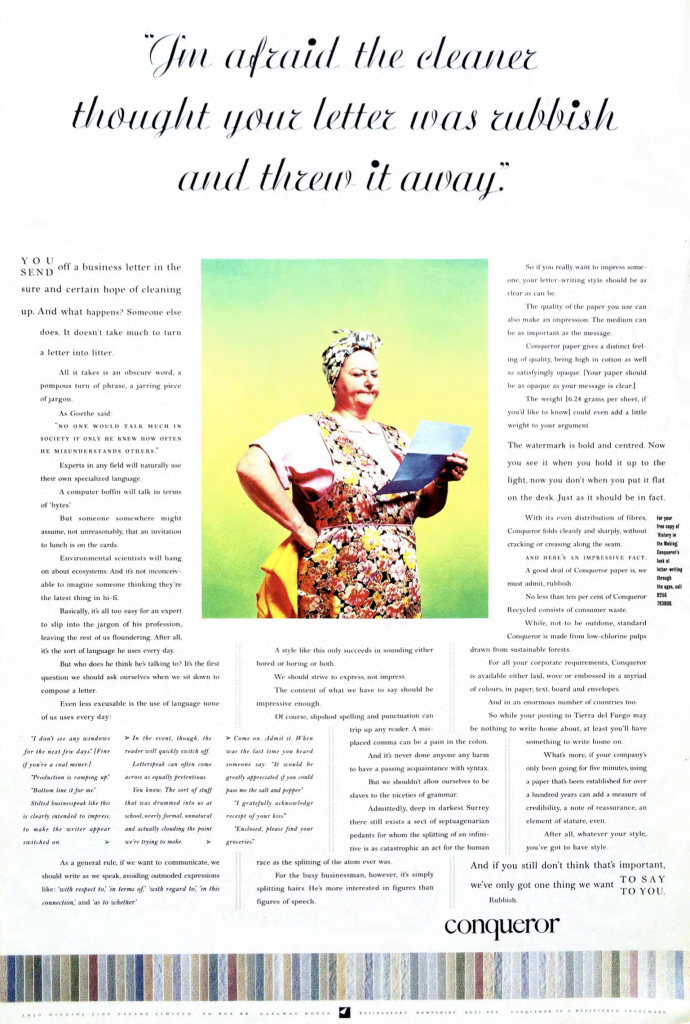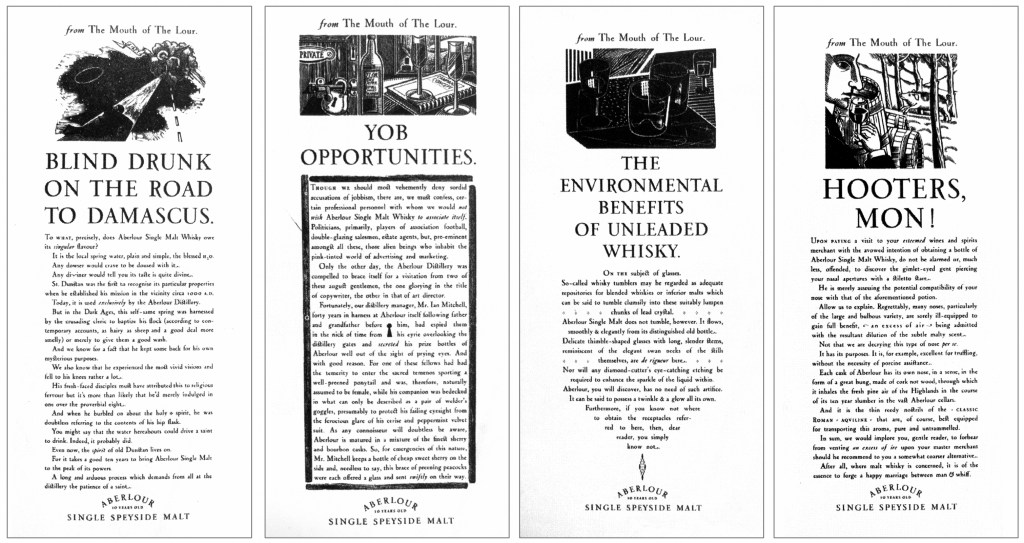It’s certainly the buzzword of the moment, something that, we’re told, is the exciting new alternative to traditional ‘sell, sell, sell’ marketing.
But is it really so new after all?
The reality is it’s been around since Bill Bernbach was a lad and, I’ll wager, even longer.
Because any brand that knows the true meaning of brand leadership has always sought to take the high ground through a uniquely insightful viewpoint on the sector it’s in that goes way beyond the direct sell.
It’s this indirect approach, taking ownership of the sector by demonstrating a profound understanding and command of the issues surrounding it, that can instil and consolidate brand loyalty like nothing else can.
So what’s actually new about content is simply the label itself rather than the, erm, content as it were.
It’s merely the latest shiny object, masquerading as a powerful new selling tool, that the industry is using to attract new customers.
An exercise in marketing in fact.
So no surprises there then.
Which is not to say it lacks power. Far from it.
And, if this focus on ‘content’ encourages more brands to adopt this broader perspective, then so much the better.
The point is that it’s nothing new.
A decade or two ago, a campaign I wrote for Wiggins Teape’s brand leading Conqueror paper sought to cement that brand leadership through a series of full page press ads that set out to ‘own’ the whole subject of letter-writing (remember that?).

While a campaign for Aberlour single malt whisky barely referenced the product, preferring instead to focus on the predilections of its ultra-conservative target audience, covering topics ranging from music to art and the current affairs of the day courtesy of a regular weekly column in The Daily Torygraph!

More recently, a periodical taking an overview of the jewellery sector on behalf of a jewellery client and a children’s book encouraging kids to engage with recycling I’m guessing would also both come under the banner heading of ‘content’.
If this is what’s meant by ‘content’, as I say, I’m all for it, regardless of the spurious claims that it’s something shiny and truly new.
My fear, however, is that very often those who use the term mean something much narrower: the literal and mechanical delivery of dry information, without the imperative to engage, compel, persuade and ultimately sell.
Oddly, as an industry, while we’re writing more than ever in the digital space, we appear to have lost sight of the power the written word can have to make us laugh or cry, to win over hearts and minds.
It does make me wonder when I see yet another recruitment ad for a writer of ‘content’.
Because this appears to be what the industry’s verbal stock-in-trade has become.
And that, I’m afraid to say, really is something new.
